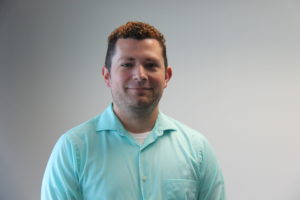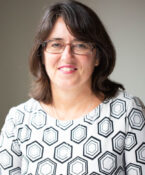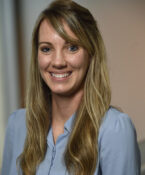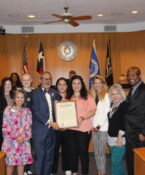Is adolescent gambling a concern? HSC researcher Dr. Andrew Yockey says yes
 A new study on adolescent gambling and associated health behavior risks by HSC public health researcher Dr. Andrew Yockey was published in the Journal of Gambling Issues. The piece presents concerns for parents of students ages 12-17 who have interests or experiences with various types of gaming for money or other gains.
A new study on adolescent gambling and associated health behavior risks by HSC public health researcher Dr. Andrew Yockey was published in the Journal of Gambling Issues. The piece presents concerns for parents of students ages 12-17 who have interests or experiences with various types of gaming for money or other gains.
Yockey is an assistant professor of biostatistics and epidemiology with the School of Public Health at The University of North Texas Health Science Center at Fort Worth. This study was conducted with research partners from the University of Cincinnati using data reflecting the past 30 days’ gambling behaviors of more than 100,000 students nationwide across grades 7-12 for the years 2016, 2018 and 2020. The data was gathered through bi-annual youth surveys of the Parents Resource Institute for Drug Education.
A sizeable number of adolescents studied — more than 13% — reported that they had gambled in the previous 30 days.
“Gambling presents a two-sided coin for many people,” Yockey said. “It can be fun, but if taken to extremes, it can sap a person’s time, focus, resources and ability to control compulsive behaviors. It can lead to other harmful consequences as well.”
The study found kids in the 9th and 10th grades, age ranges 14-15, to be at high risk. At highest risk were non-white, adolescent males in higher grades who did not participate in school activities or sports and who used their technology in schools for recreational purposes.
“Adolescence can be both an exhilarating and confusing time as kids try new things and experiment with the freedoms and natural curiosities of growing up,” Yockey said. “It’s that risk-taking phase that many adolescents go through.”
Gambling exists in many forms — from kids playing dice or card games outside school to sports betting, pool tournaments, online video game betting and even picking lottery numbers or playing scratch-off tickets with parents.
While adolescents may not be old enough to purchase their own lottery tickets, many still play the games with their parents. It can feel fun and harmless, Yockey said, but the effects on kids are more profound.
“People of all ages can get caught up in the thrill and excitement of winning and trying again, but past research has shown that kids are twice as apt as adults to fall into a gambling cycle,” he said. “The prevalence of adolescent gambling can be as high as 12%.”
Peer pressure and dares can also have an influence.
As a health behavior researcher, Yockey said he became interested in studying this population because gambling within the school-age context has not received much attention.
“Gambling is one of those risky behaviors that society typically normalizes — and we don’t often think of adolescents gambling,” he said.
“People generally love gambling. Some states offer betting on horses and dog races. Sports betting, bingo and private games are all popular, as well as adult casino gaming in person and online. Some people play and seem to always come out on top, while others keep searching for that big win and end up losing it all.”
Roughly 5 million Americans met the criteria for compulsive gambling in 2015. Of those millions, Yockey said, only about 5% sought treatment.
“Statistics show that about 95% of people lose when they gamble,” he said.
Gambling addictions can go from playing “$1 here, $5 there” for fun, he explained, but “when it begins eating up a person’s money and time, becomes all-consuming, leads to taking out loans or selling possessions and interferes with normal daily functioning, that’s a problem.”
The hope for this new study, Dr. Yockey said, is that the findings can open up conversations and resources for kids, parents, schools and behavioral health professionals about addictions and playing responsibly.




Social media